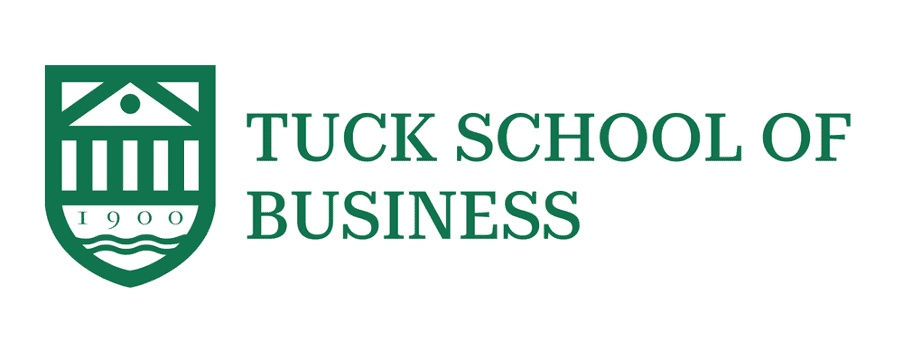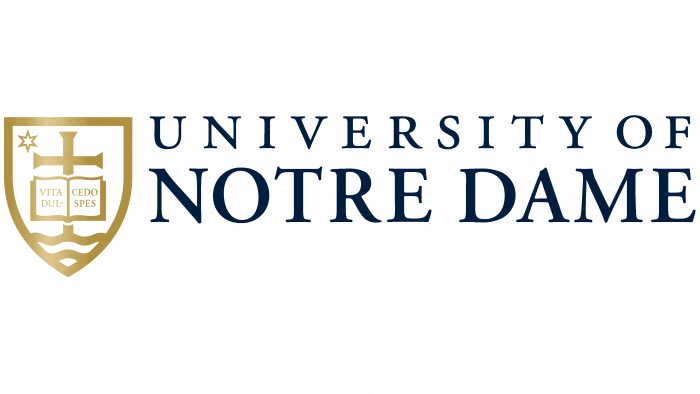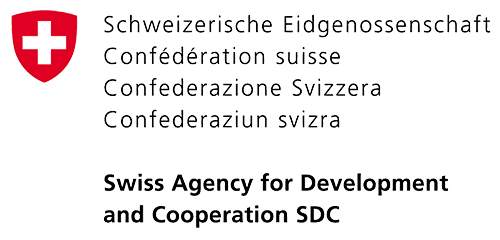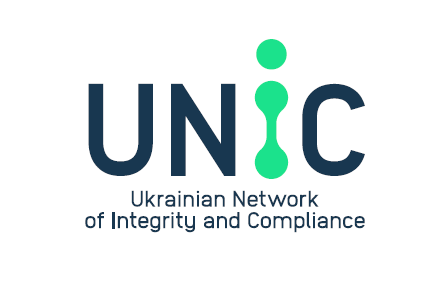The cleanweb links clean technologies with the world of the web to boost growth in a sustainable way. And it offers something for everyone, explains Sonny Masero, Cleanweb Initiative Leadership Council member
Web technologies are being used to tackle some of the world’s most difficult global environmental and social challenges. This is the cleanweb and it is a disruption. The change delivered by market actors using the cleanweb is happening fast and the movement now has momentum. Cleanweb companies are creating these technologies because they are not capital intensive, they scale quickly and they can have positive measurable impacts on the environment, society and the economy.
Opower is an example of this rise in the innovative power of the cleanweb. Founded in 2007 by Dan Yates and Alex Laskey, Opower just passed the milestone of saving 4bn kWh of energy, equivalent to the energy consumed by a European city of 1.3m people in a whole year. Opower has over 90 utility customers around the world and this provides access to approximately 22m people. The energy consumption data provided to these people by Opower encourages them to consume less energy – not because it is good for the planet or because it saves them money, but because they want to consume less than their next door neighbours.
Opower provides an example of an important differentiator for why cleanweb is not traditional clean tech – the power of free. (In 2009, Chris Anderson published for free his seminal work on the disruptive power of the web – ‘Free: The Future of a Radical Price’). Opower has used a ‘free’ approach to provide benchmark data to utility company customers in return for providing the utilities themselves with an aggregated big data set including energy consumption data across 22m customers’ buildings, which is possibly the largest data set of its kind in the world. The 90-odd utility customers are willing to become paying customers of Opower in return for the data analysis and the encouragement to be energy efficient provided by this successful cleanweb start-up. Opower has just filed for an IPO (initial public offering) and is one of the most watched registrations for 2014. It follows hot on the heels of the Nest Labs acquisition by Google for $3.2bn, another example of innovative personal data acquisition, and Monsanto’s acquisition ofThe Climate Corporation. Both are cleanweb success stories because they have provided significant exit multiples for their venture capital backers – that is, 20 times the investment made by Kleiner Perkins Caulfield & Byers (KPCB) and Lightspeed Venture Partners in Nest after just five years.
Cleanweb companies bridge gaps between the web world and clean technologies. They are not traditional clean tech companies because they are software-led businesses. This means they have a different dynamic to more established sectors like renewable energy. Web companies are less capital intensive, they can scale quicker and they use network science.
Combined with the ability to create more value using fewer natural resources, like energy and water, these companies can offer completely new customer propositions with novel business models. This is a new market sector and requires political and business support to ensure that they scale quickly to deliver both economic and environmental benefits in a profound way.
A new paradigm
While some investors dismiss cleanweb as just the “the new clean tech” others see a new paradigm offering significant growth potential. In Texas, the Surge Accelerator programme has been inspired by the Cleanweb Initiative, a movement to create a global network of cleanweb practitioners and organisations. The latest cohort of Surge recruits includes several cleanweb companies mixed in with start-ups focused on the oil and gas sector. Investors like Black Coral, Rockport Capital, KPCB and other venture capital funds are now exploring cleanweb businesses in the US and Europe. Corporate venture capital (VC) teams from the like of GE, Google and Siemens have all taken stakes in cleanweb businesses. North American cleanweb start-upEnernoc has recently acquired European cleanweb start-ups in Germany and Ireland. In Europe and the Middle East, new acceleration programmes have a more explicit support for cleanweb ventures and these include the Rockstart Smart Energy programme in the Netherlands, Nesta-backed Bethnal Green Ventures (BGV) in London and T-Lab, being run by Terra Venture Partners in Israel. Other support programmes that touch the cleanweb include the pan-European Climate-KIC network and the Open Data Institute (ODI) in London.
It is thought that at least 2,000 cleanweb start-ups exist in Europe and North America based on data in Crunchbase – a number that is rapidly growing and doesn’t include the more established cleanweb companies and the corporations with cleanweb solutions. CleantechIQ and CB Insights are also tracking this emerging sector. Cleanweb market segments are not all new and those that are already well-established include video-conferencing via the web, energy management software and data centre infrastructure management (DCIM) software that utilises cloud computing to deliver the software-as-a-service to customers.
Beyond the start-up and VC world there are a number of corporations who are making the clean part of their growth strategies. Examples of how corporations are integrating the cleanweb into their business include the acquisition of the following start-ups: Siemens’ acquisition of eMeter, Avis’ acquisition of Zipcar and Cisco’s acquisition of JouleX. Corporations are also using cleanweb technologies provided by start-ups to deliver behaviour change. Practically Green offers corporations an online environmental behaviour change game to raise employee awareness.
Addressing green challenges
A narrow interpretation of the cleanweb would focus on resource efficiency, such as energy management. Although this segment is significant, the cleanweb has more potential. To understand this it is worth considering the major environmental challenges that web technologies could help to address. The UN has recently published a draft set of Sustainable Development Goals through to 2030. A number of these focus on environmental sustainability and highlight the most significant challenges facing society. Using them as a reference provides the opportunity to point out some less obvious possibilities of cleanweb companies:
- Improve agriculture systems and raise rural prosperity, eg, eCow provides data to farmers on the health of their livestock and to optimise productivity. The Climate Corporation andFarmLogs are other examples
- Empower inclusive, productive and resilient cities, eg, Honest Building helps commercial real estate owners to assess the environmental impact of their building and to find design and construction firms to improve this performance. Other examples include Space-Time Insight and Ridepal
- Curb human induced climate change and ensure sustainable energy, eg, Open Utilityprovides a platform for renewable energy generators to sell their energy directly to maximise their revenue and keep financial value within communities. Other examples include EnergyDeck and EnergyBank
- Secure ecosystem services and biodiversity, and ensure good management of water, oceans, forests and natural resources, eg, TaKaDu provides water utilities with tools for monitoring their distribution network to improve efficiency and tackle leakages quickly. Other examples include Carbomap and GaBi
- Transform governance and technologies for sustainable development, eg, Ecodesk provides companies with a view of their supply chain impacts so that they can improve the way in which they govern their supplier relationships. Other examples include Global Forest Watch(not-for-profit) and CleantechIQ.
Rate of growth
The rate at which the cleanweb will grow depends on how critically these challenges affect economic growth and social equality. For example, many sectors of society, including many businesses, now recognise the increasingly critical impact of human induced climate change and the decreasing supply of unsustainable fossil fuels. As a result, one of the most dominant segments in the cleanweb offers solutions that improve energy efficiency and accelerate the take-up of renewable energy. Each of these issues has a varying degree of criticality depending on location in the world, so it is likely that we will see local clusters emerge in different regions focuses on local challenges.
The criticality of these issues is not only relevant to the rate of growth based on customer demand, but the cleanweb could also provide a differentiator for companies wishing to recruit and retain the best and brightest employees. Each new generation of employees is becoming more creative about how to tackle the global challenge of sustainable development. There are numerous studies that show the majority of these young professionals see sustainability as mutually inclusive with whatever they do in their career and expect opportunities where they can use their talents to tackle some of these challenges. Web technology companies are already recruiting some of the best and brightest brains. The cleanweb companies that combine the exciting opportunities presented by the web with the ability to use this technology to sustain and better life on our planet will be a compelling proposition for many of those seeking a fulfilling career.
The Cleanweb Initiative is a member-driven organisation comprising developers, entrepreneurs, investors and enterprises who believe that the growing web of information technologies could be the most powerful – and profitable – tool to improve global sustainability, economic prosperity and human wellbeing. This comment by Sonny Masero was first published on the Cleanweb Initiative website.
The sourse – building4change




















